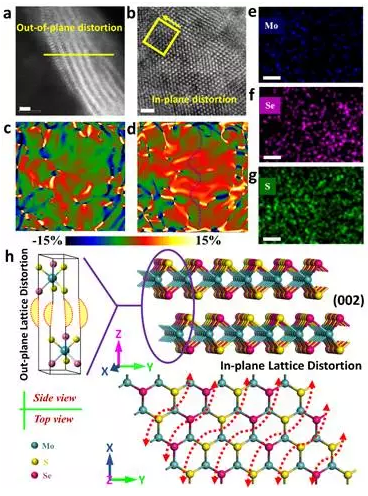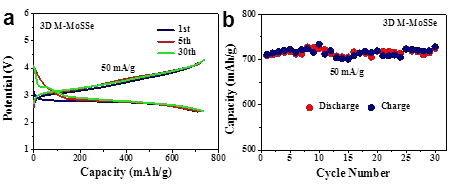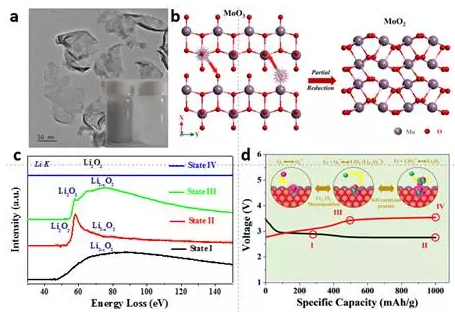Recently, the Shanghai Institute of Ceramics, Chinese Academy of Sciences researcher Wen Zhaoyin led the team in the lithium air battery electrode material design and mechanism research made new progress.
Lithium air secondary battery has become an international research and development hotspot because of its high theoretical energy. However, due to its three-phase structure of gas-liquid-solid coexistence, and its stability in cycle stability, energy efficiency and so on Aspects of the existing problems, its practical application is still facing great challenges, the development of efficient air electrode catalyst and other materials is very urgent.
Recently, the Shanghai Institute of Ceramics, Chinese Academy of Sciences researcher Wen Zhaoyin led the team in the lithium air battery electrode material design and mechanism research made new progress. In this paper, the metastable metal sulfide cathode material with high lattice distortion has been successfully prepared by the catalytic inertia of metal sulfide and the crystal structure of the material. The research results have been published recently in the "nanometer Express ".
At the same time, they also successfully revealed the lithium ion battery intermediate discharge products in the oxygen vacancy site of the autocatalytic decomposition reaction, the product of self-catalytic decomposition of the product can also be the future design of high efficiency positive to provide new ideas and solutions, the Results in the recent release of "nano energy".
On the basis of the successful synthesis of three-dimensional molybdenum disulfide materials, the Wenshui silver team successfully designed the molybdenum disulfide / molybdenum disulfide heterostructure in the layer by low temperature liquid phase method. Through the cooperation with the University of Illinois, The differential scanning transmission electron microscopy (TEM) proves the lattice distortion between the layers and the layers in the layer, and exhibits irregular spacing along the same crystal plane.
This highly distorted metastable structure can significantly enhance the catalytic activity of the material. In situ transmission electron microscopy reveals the rapid shuttle and transmission of lithium ions in the material structure. This highly active catalyst for the first time successfully achieved the metal sulfide in the lithium-air battery in the stability of the depth of the cycle, with potential application value.
At the same time, after two years of efforts, the team also in the relevant catalytic mechanism to obtain a breakthrough. They introduced oxygen vacancy defects on the basis of the successful preparation of ultrathin molybdenum trioxide films. In the course of the battery test, this oxygen-rich vacancy cathode material exhibited unique four independent stages.
In order to investigate these four typical processes, it is found that the active sites of these oxygen vacancies can form local high concentration active oxygen enrichment sites and react with lithium ions to form stable lithium oxide analogues (Li2 -xO2). When the oxygen vacancy is gradually saturated, a stable Li2O2 discharge product is gradually formed on the surface of Li2-xO2. At the initial stage of charging, Li2-xO2 and oxygen defect sites can be used as an efficient catalyst for Li2O2 decomposition to achieve a low charge voltage of <3.5V, while lithium oxide can rapidly decompose at a voltage platform of ~ 3.5V, effectively reducing the battery Of the overcharge potential.
The results not only explain the catalytic mechanism of oxygen vacancy defects in the process of charge and discharge of Li-O2 batteries, and the discovery of self-catalyzed decomposition of discharge products can provide new ideas and solutions for the design of future efficient cathode. Related research work has been the National Natural Science Foundation of key projects and the Shanghai Science and Technology Commission and other projects funded and supported.

Fig.1 Spherical electron microscopy analysis and calculation of lattice distortion between the layers and layers of MoS2 / MoSe2 (002)

Fig.2 MoS2 / MoSe2 positive electrode lithium battery electrochemical performance

Fig.3 Reaction mechanism of self-catalytic decomposition of oxygen field on the surface of molybdenum trioxide
















 RCCN WeChat QrCode
RCCN WeChat QrCode Mobile WebSite
Mobile WebSite